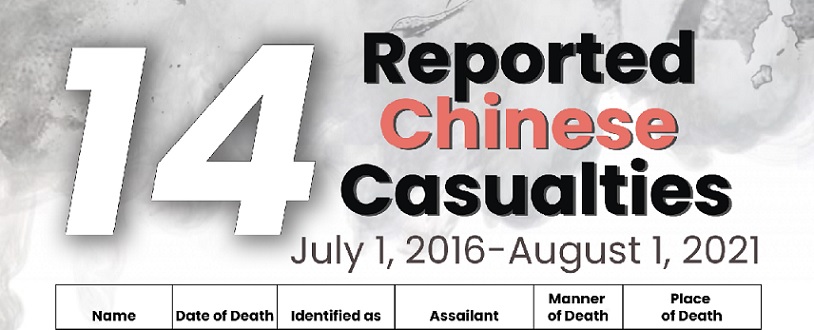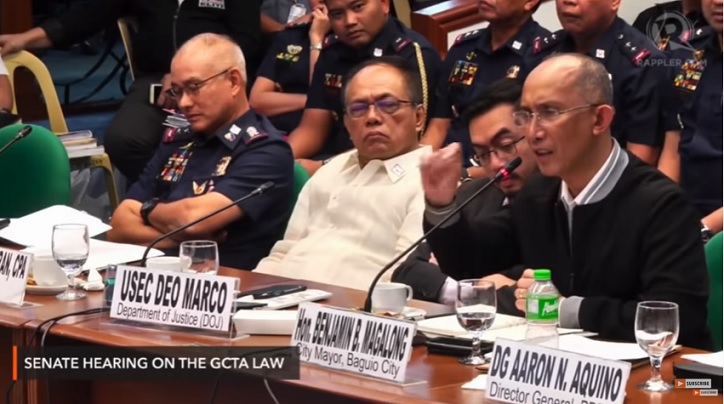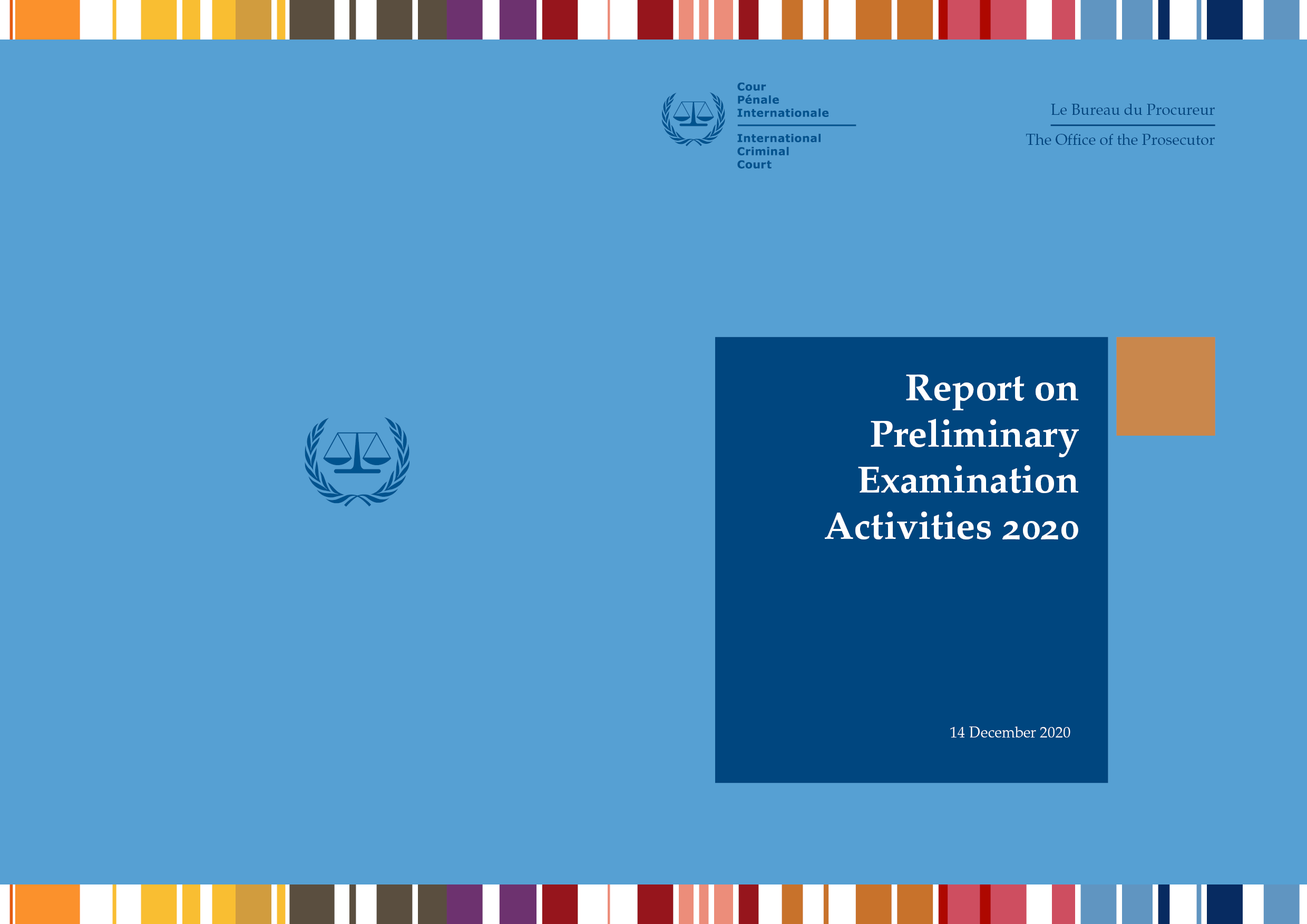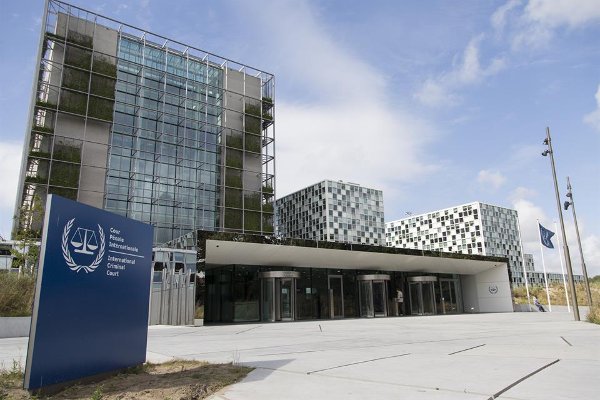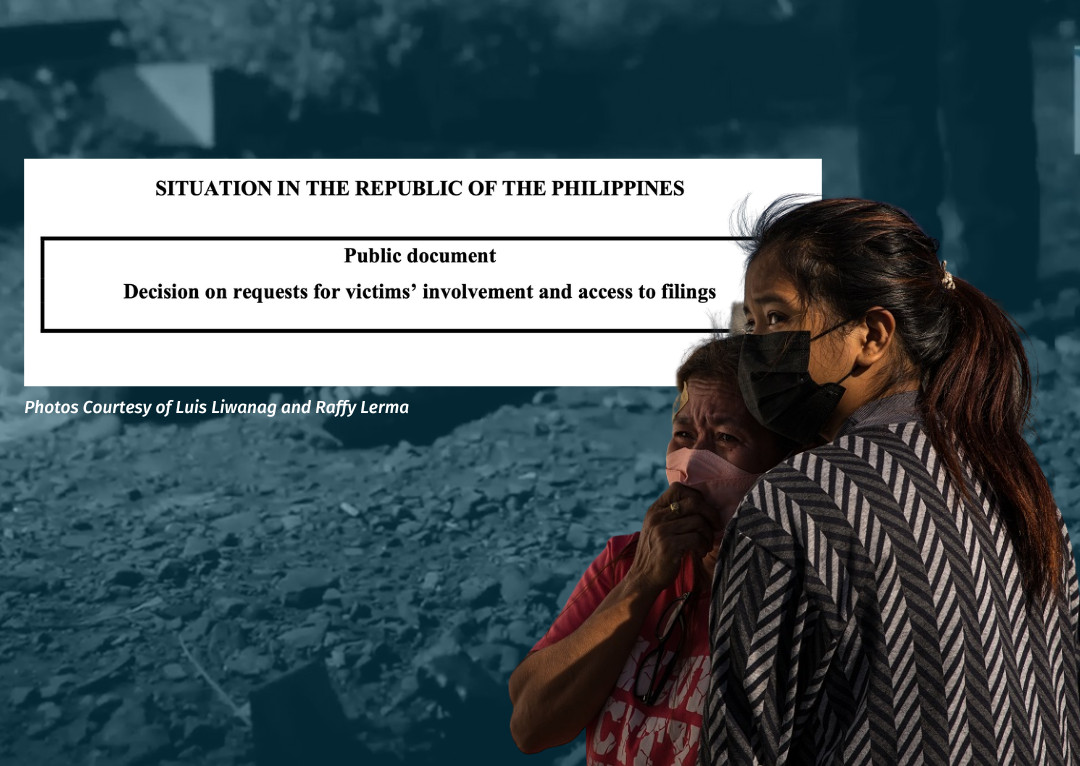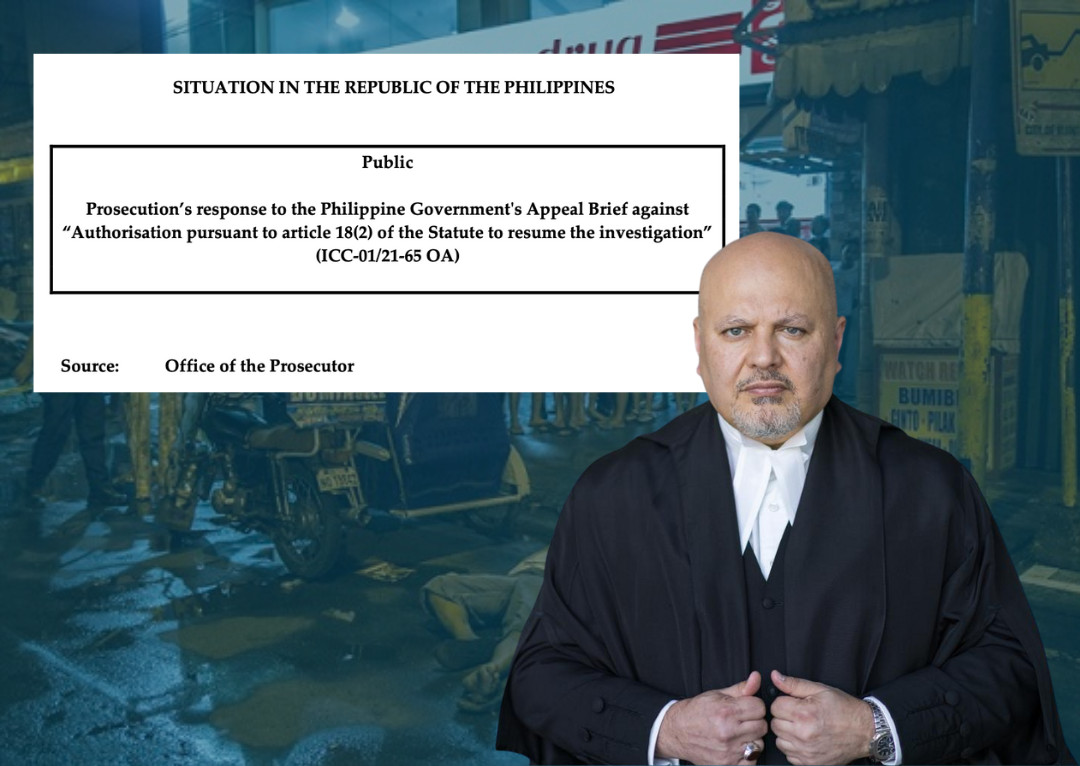Foreigners in the country, mostly Chinese, are also getting killed in the bloody war against illegal drugs by the administration of President Rodrigo Duterte.
The latest casualty is Wu Zishen, 51, who was shot dead in a buy-bust operation in Bulacan on August 1. According to the police, Wu fired his .45 caliber pistol when he sensed that he was transacting with anti-drug operatives. The operation netted 75 kilograms of shabu worth Php 510 million.
Wu is the 14th Chinese drug personality killed in such encounters since Duterte launched his campaign against drugs in 2016. Two Nigerians and one Korean bring to 17 the total number of foreigners who lost their lives in the controversial drive, based on data on reported drug-related killings from the “Violence, Human Rights, and Democracy in the Philippines” project of the Third World Studies Center of the University of the Philippines Diliman and the Department of Conflict and Development Studies of the University of Ghent.
Senator Ping Lacson, who was Philippines National Police chief from 1999-2001, lauded the operation that led to Wu’s death, the apprehension of four other suspects, and the significant haul in illegal drugs. In his statement posted on Twitter on August 2, 2021, he also called on the Philippine Drug Enforcement Agency (PDEA) and the Dangerous Drugs Board (DDB) to conduct a deeper investigation on the “bold and imprudent behavior of these Chinese nationals” and determine “how long they have been operating” in the country.
But if the manner of death of these Chinese nationals is any indication, the investigation that Lacson called for will prove to be difficult. Most were tagged as high-profile targets and three were killed while already in detention.
Unlike the general trend in the data where state agents were responsible for killing 77% (220 out of 286) of high-profile targets, alleged non-state actors were behind the deaths of the majority of the Chinese nationals under this category. Five of the victims were killed by state law enforcers, namely PDEA in coordination with the PNP, the Armed Forces of the Philippines (AFP), and/or the National Bureau of Investigation (NBI). One was killed by identified private individuals, two by unidentified assailants such as “riding-in-tandems,” and three by unknown assailants as there were no witnesses.
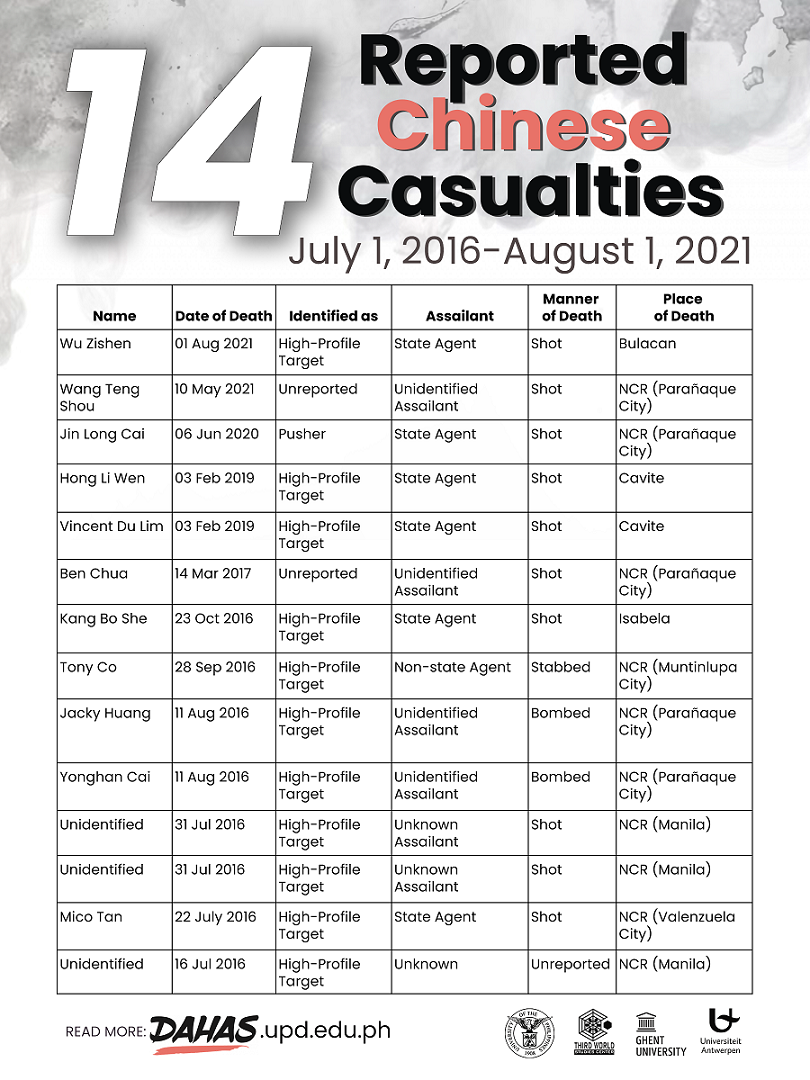
Among the 47 body dumps in Duterte’s first month in office, the study showed three were alleged Chinese drug lords. Their bodies bore the same marks as those of the other dumped bodies: ligatures binding their limbs, tape wrapped around or in some parts, and a placard with text claiming the victims were involved in the illegal drug trade beside the corpses.
The very first fatality was an unidentified man whose body was found under a bridge in Tondo, Manila on July 16, 2016, with a sign that said: “Chinese drug lord me”. Not long after, on July 31, 2016, two other bodies — a man and a woman — were found in Manila. The unidentified male said to be in his 30s bore multiple gunshot wounds and beside the corpse him was a cardboard placard with the text: “I’m a Chinese drug lord.” The woman who is thought to be in her 20s was also riddled with gunshot wounds, her hands bound by duct tape. A similar cardboard placard was found beside her that read: “Chinese drug lord.”
The succeeding casualties were the three killed while in detention. In the controversial explosion at the Parañaque City jail on August 11, 2016 that killed 10 people, two were Chinese nationals facing drug charges: Jacky Huang and Yonghan Cai. All 10 were in the office of Jail Warden Supt. Gerald Bantag supposedly to discuss their cell transfer. Bantag said that he was in the bathroom adjacent to the office when he heard gunshots so he rushed to the scene, only to be fired at.He fired back as he tried to get out of the office and then a grenade then exploded, killing all ten detainees and injuring Bantag.
Initial investigation led the police to believe that it was a failed escape attempt by the inmates, but there were contending claims which noted that eight of the inmates, including the two Chinese nationals, were facing drug charges so it was possible that the victims were executed. Relatives of one inmate and the widow of another also questioned Bantag’s account, pointing out that it was impossible to smuggle arms in the facility given the extremely tight security.They also noted that one body had gunshots to the back and a missing foot, claiming that these were signs of torture.
In January 8, 2020, almost four years after the incident, the Parañaque Regional Trial Court acquitted Bantag and two jail guards of ten counts of homicide. By that time, Bantag was already chief of the Bureau of Corrections (BuCor) and would later on face a Senate probe as the Department of Justice (DOJ) reported that 476 inmates had died in the first half of 2020.
The third Chinese national killed while in prison was Tony Co on September 28, 2016. He died in a violent riot that erupted inside the New Bilibid Prison (NBP), which started when Co stabbed an inmate who told him to stop his “pot session” for fear that this would put them all in trouble. The gravity of the incident merited a resolution to be filed at the Senate seeking to investigate the NBP specifically on questions of human rights, and the persistence of the smuggling of drugs and arms into the facility despite the improved security that the PNP Special Action Force was supposed to offer.
The last two Chinese nationals killed by non-state elements died in very similar circumstances. On March 14, 2017, 42-year-old Chinese Ben Chua was tailed and sideswept by two vans while inside his SUV. He was then shot multiple times by the unidentified assailants who escaped. Police suspected Chua was killed for drug-related reasons after finding a sachet of shabu in his pocket. Similarly, Wang Teng Shou was chased and shot dead by an unidentified gunman on a motorcycle just last May. He was inside a taxi from Camp Bagong Diwa in Taguig just moments after he was released from prison on for drug-related charges.
These killings were consistent with trends observed in the larger data indicating that former drug convicts were more likely to be victims of vigilante-style killings. Four of the Chinese nationals with previous convictions were executed by non-state agents or unidentified assailants.
Six Chinese nationals — five high-profile targets and a pusher — were killed by state law enforcers in the oft-repeated scenario where the target allegedly drew a gun, prompting anti-drug operatives to shoot back. Following the hackneyed narrative, firearms were always found at the scene and in some cases, drug paraphernalia and money.
First there was Mico Tan who was described as a drug lord and an operator of multiple drug labs. He was killed when the police were serving him a warrant to search his lab in Valenzuela City on July 22, 2016 as he drew a gun while attempting to escape. He was died in the shootout while five other Chinese drug suspects were arrested.
This was followed by the killing of two drug suspects in Isabela on October 23, 2016, one of them a Chinese man named Kang Bo She. Similar to the incident involving Tan, Kang Bo She and his companion were served a warrant in a warehouse that functioned as their drug lab. A clash with agents of the PNP and PDEA resulted in the death of the two men.
The next incident happened three years later on February 3, 2019, this time in a shabu warehouse in Cavite. Again, two Chinese drug suspects were killed in a joint buy-bust operation of PDEA, AFP, NBI, and PNP agents. Vincent Du Lim and Hong Li Wen, sensing that the transaction was a buy-bust, drew their guns, prompting the operatives to retaliate and eventually killing them both. Some P1.9 billion worth of shabu was recovered.
In similar circumstances, the latest Chinese victim Jin Long Cai, along with a certain Danny Apiga, were killed in a buy-bust operation led by the PNP and PDEA that turned into a shootout in Parañaque City on June 6, 2020. A total of Php 244 million worth of shabu was seized.
Chinese casualties in the drug war catches attention because more often than not, they are allegedly high-profile targets involved in the widescale manufacture and/or distribution of illegal drugs in the country. For instance, four of the Chinese nationals were killed in a lab or a warehouse where large amounts of drugs valued to be worth billions were seized — operations that the Duterte administration would declare as milestones in the drug war. Of the 14 Chinese casualties, 11 were tagged as high-profile targets, one was labeled a pusher while the two others had unspecified drug involvement.
Although outliers in the 3,902 reported drug-related killings recorded by the study since Duterte took office until July 31, 2021, Chinese casualties were part of the initial spate of the hard crackdown on illegal drugs.
Except in 2018, at least one Chinese national died in a drug-related operation. Despite this situation, there have been no recent statements from China regarding these incidents. But in a statement on July 19, 2016, the Chinese Embassy in the Philippines expressed full support and willingness to cooperate in Duterte’s war on drugs, citing Beijing’s strong commitment to “punishing all drug criminals in accordance with laws regardless their nationalities.”
(Nixcharl C. Noriega is a research associate at the Third World Studies Center, College of Social Sciences and Philosophy, University of the Philippines Diliman. This piece is part of the on-going research project, “Violence, Human Rights, and Democracy in the Philippines.” The project’s output can be accessed at dahas.upd.edu.ph. For the latest in the running count of the reported drug-related killings in the Philippines, follow @DahasPH on Twitter.)
